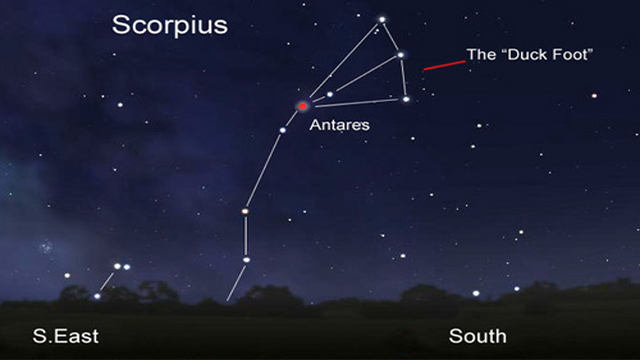
I thought it was time to take a step back from talking about current events in space exploration and dig up one of those astronomical questions I asked in my childhood—back in a time when answers to any question that popped into one's head couldn't be instantly sought via the Internet; one had to find a book, magazine or an astronomy geek who knew more than you did.
The question: do the constellations—the patterns made by the stars in the night sky—change over time, and if so, how long have they resembled what we see today? The quick answer (which you already might have found on your Internet mobile device) is yes, they do change over time. Far from being the fixed points of light as believed by the ancients, the stars we see, along with the Sun, are in constant motion, each along its own orbital trajectory around the center of mass of our Milky Way Galaxy. They all pretty much circle in the same direction as they revolve in their wide, lengthy galactic orbits, but each star's path is its own, like the orbits of the planets around the Sun. Each star's orbit may be inclined (tilted) with respect to others, and their velocities depend in large part on their distance from the Milky Way center. It's not unlike the cars going in one direction on a freeway: they all speed along in the same direction, but with slight differences in speed and occasional lane changes that result in gradual changes in position (and sometimes not so gradual; I'm talking to you, driver of the red sports car!) relative to any given car.
Those slow relative changes in position give each star in our sky a particular "proper motion"—a change in angular position. The proper motion of most stars is extremely small, measured in milli-arcseconds per year, where an arcsecond is 1/3600 of a degree, and of course milli means a thousandth of that. Hold up your pinky finger at arm's length: the width of your pinky, expressed as an angle, is about one degree, give or take. One degree is 3,600 arcseconds, or 3,600,000 milli-arcseconds.
Now for the big reveal: the star with the fastest proper motion in our skies (at this time): Barnard's Star, a small, low-mass red dwarf about 6 light years away in the constellation Ophiuchus, the Snake-holder, just above Scorpio (kind of a creepy section of the sky). It's sometimes called "Barnard's Runaway Star" because of its high velocity, a tiny stellar bullet whizzing through our neighborhood on its way to whatever destiny. To give a sense of its physical speed, its radial velocity is about 110 kilometers per second away from us. And the proper motion of Barnard's Star is (drumroll please): 10.3 arcseconds per year. That's 10,300 milli-arcseconds per year—darned fast considering all but the closest stars move at most by a few up to a few hundred milli-arcseconds per year.
In terms of the pinky-measure, it would take Barnards' Star about 350 years to move one pinky-width across the sky, relative to the astronomers' fixed coordinate system (there may be no stars with fixed positions, but we can certainly create an imaginary fixed system of coordinate lines!).
